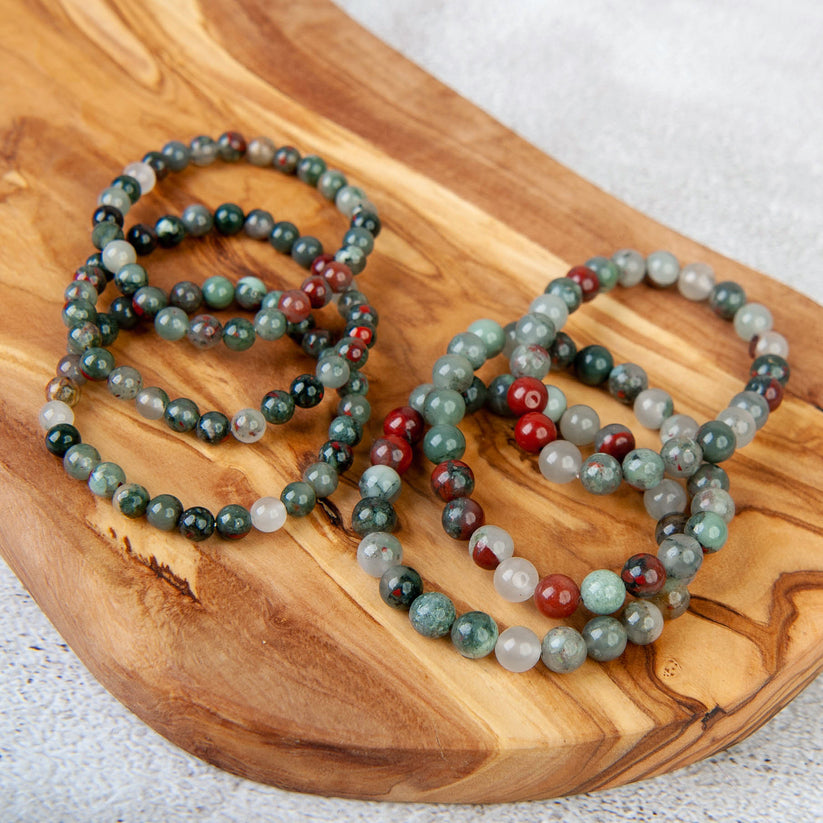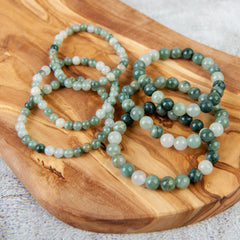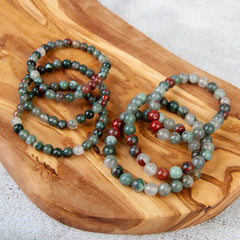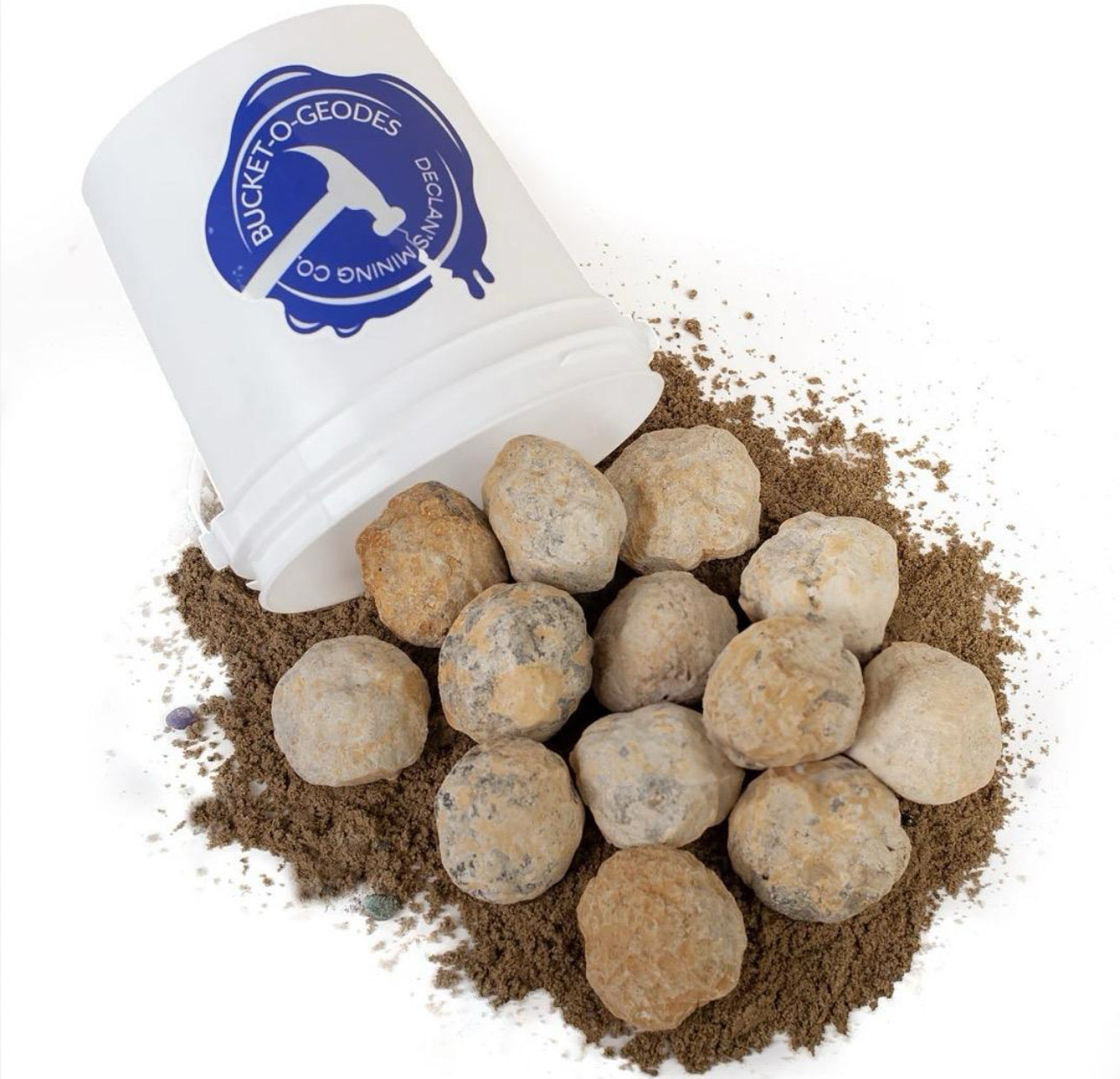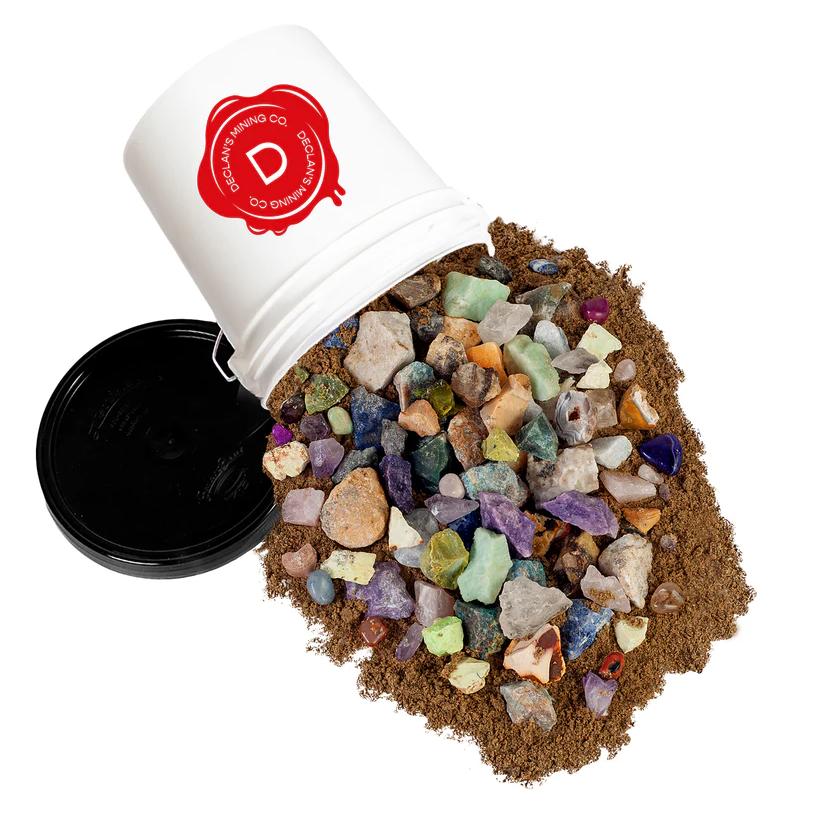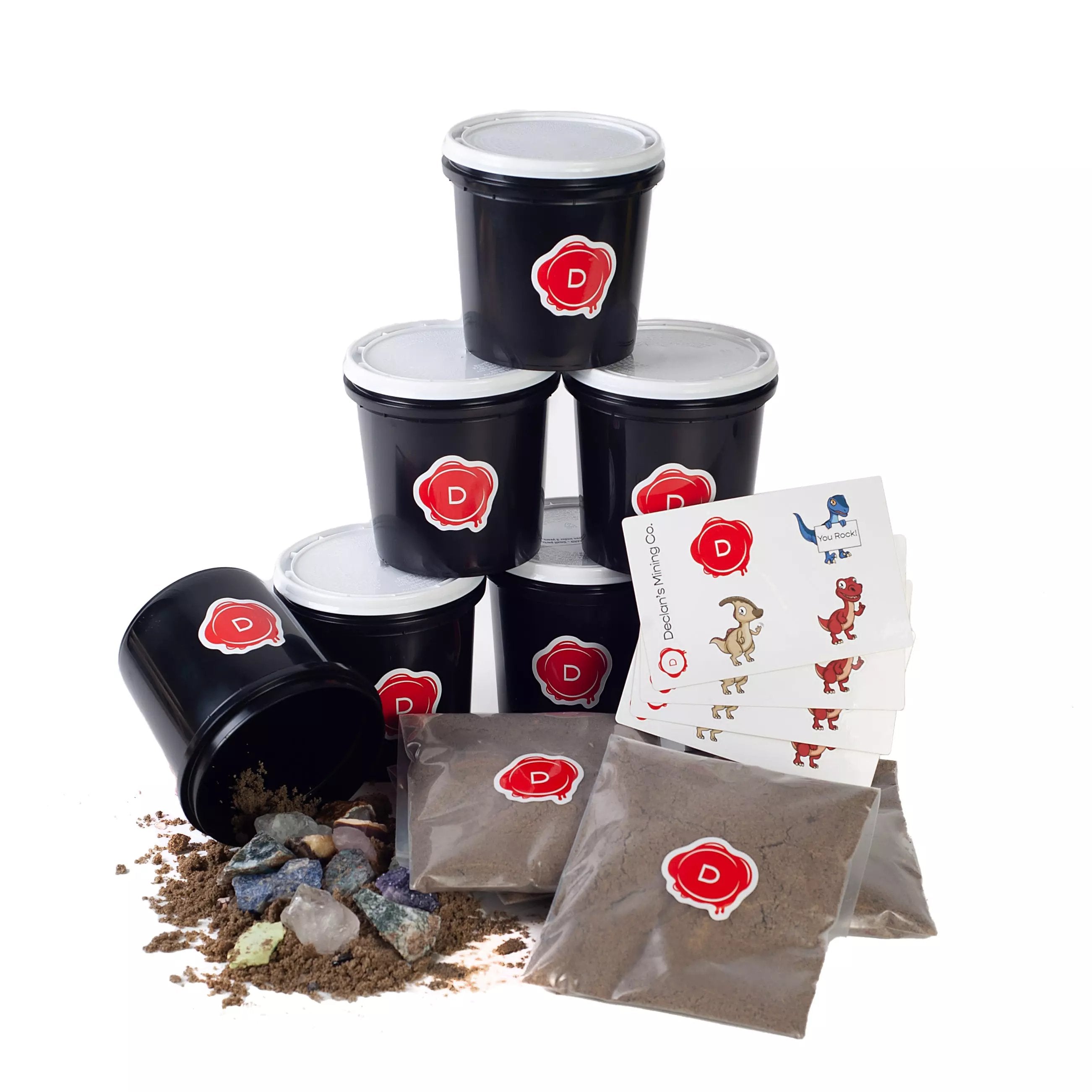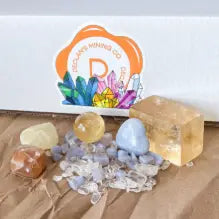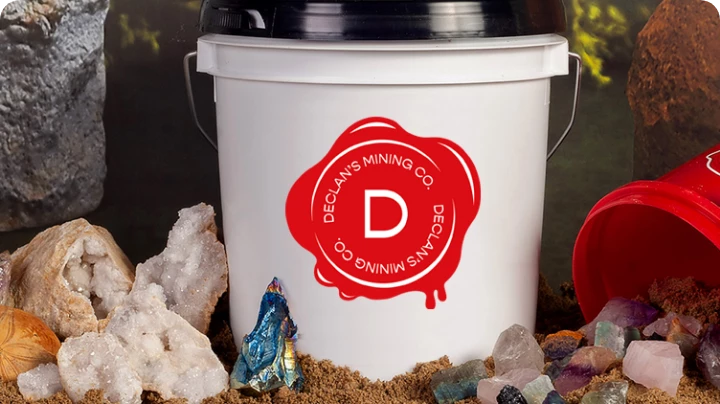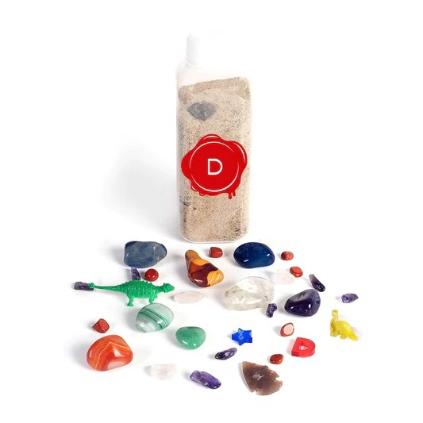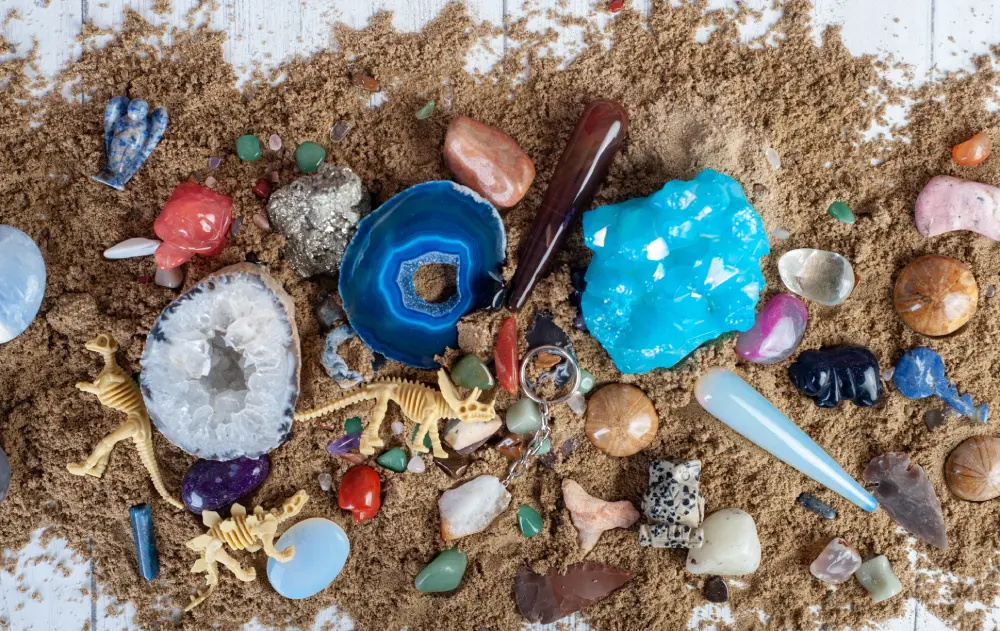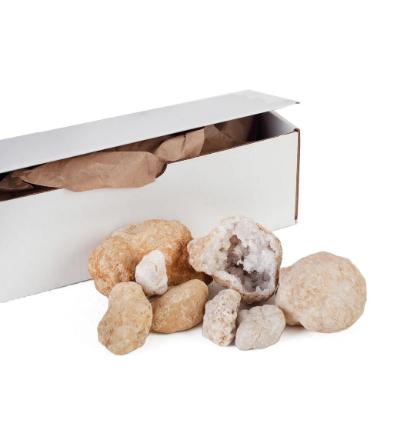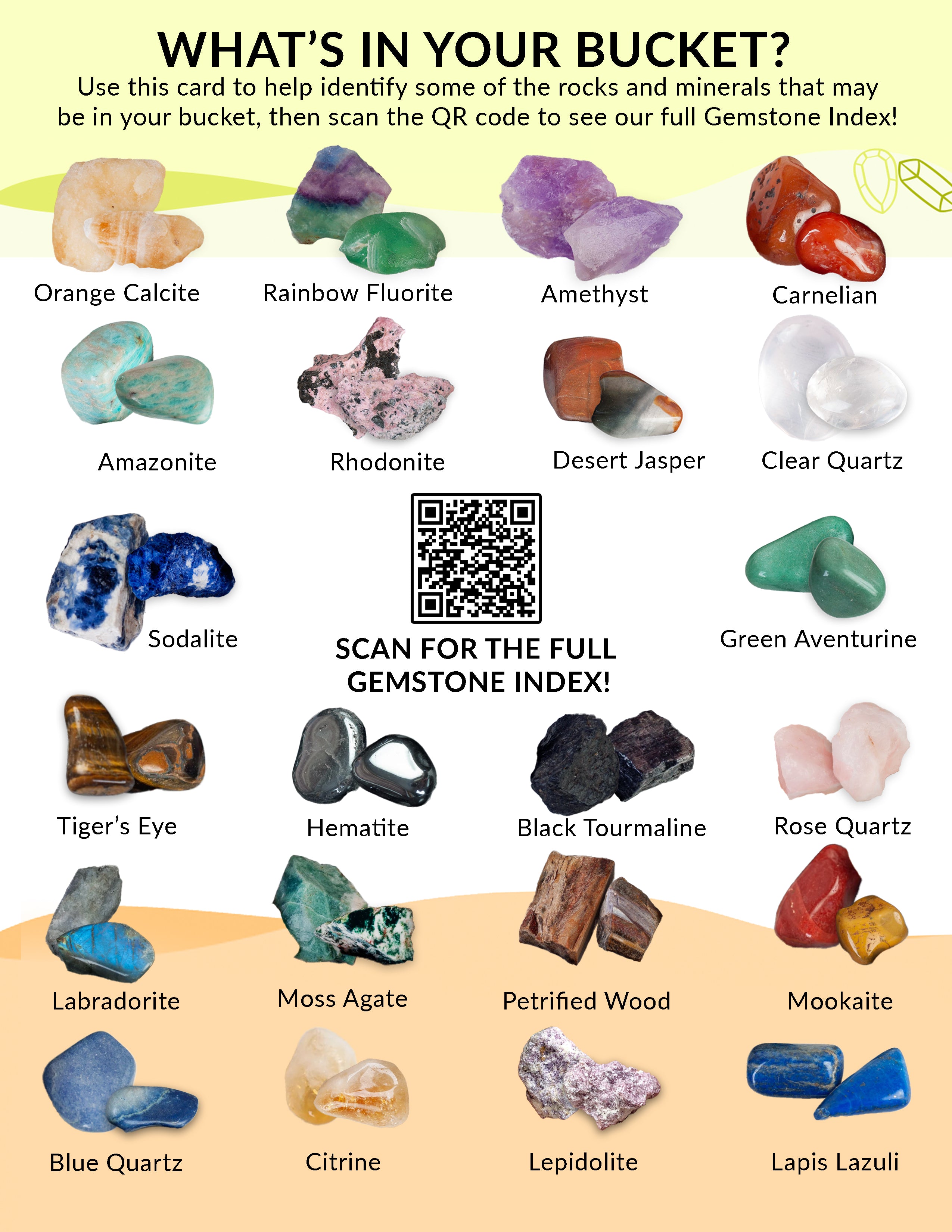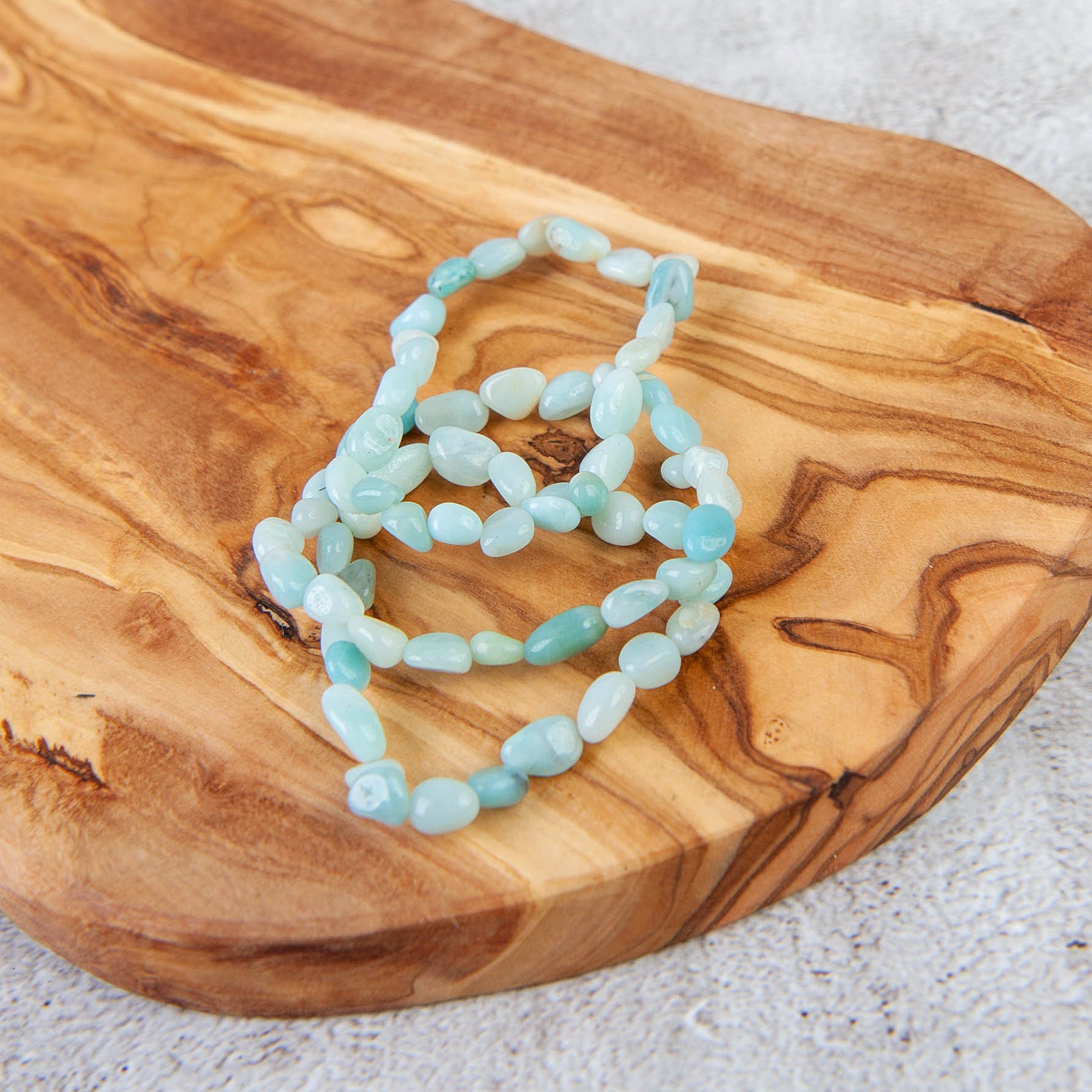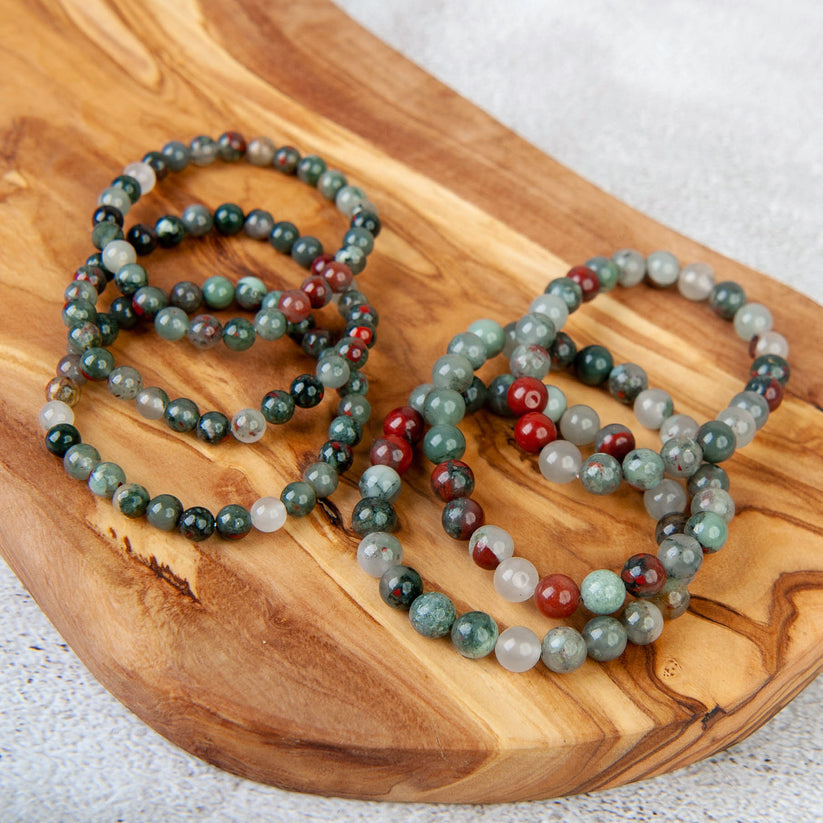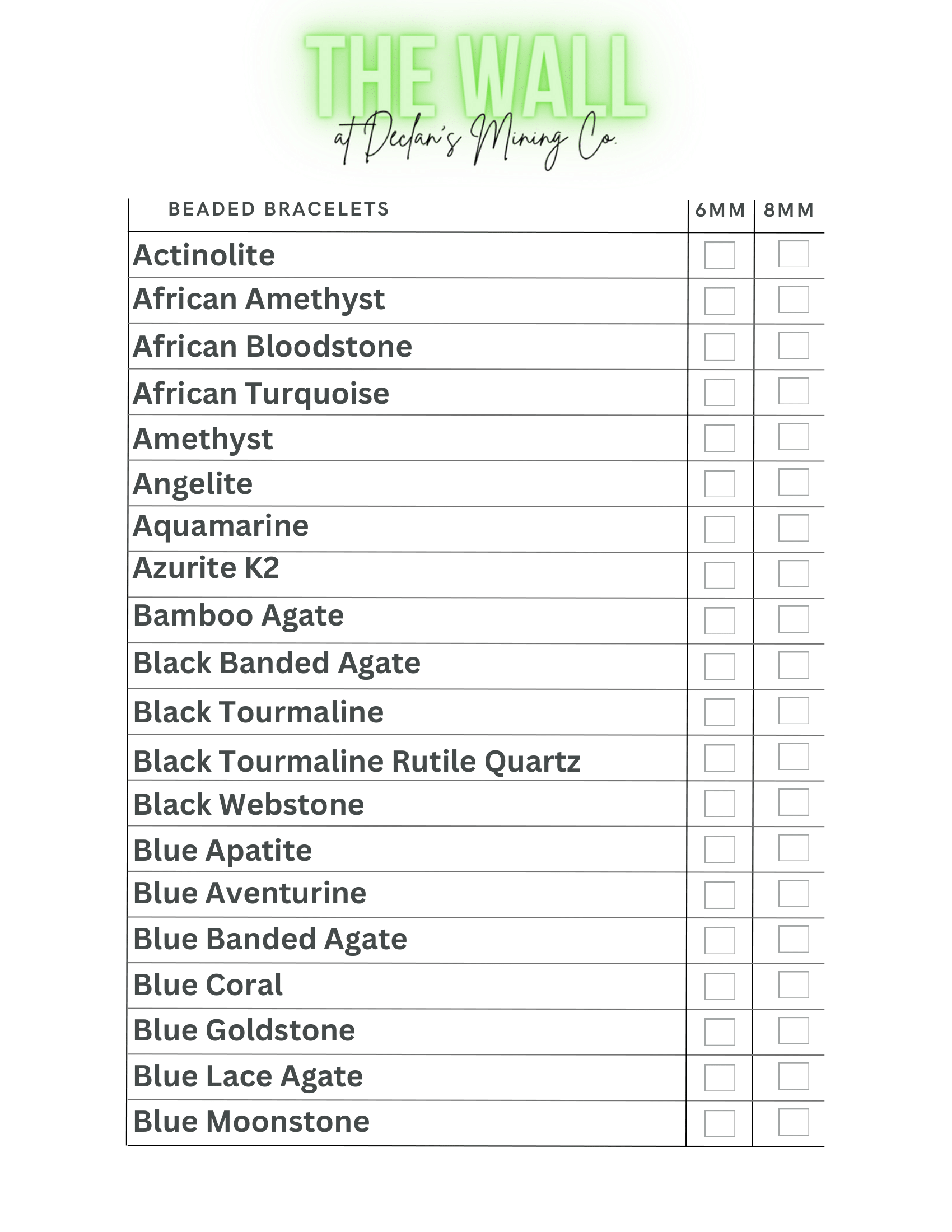Caribbean Calcite Mining Crystal
READ MORETop 5 Mining Crystal Mother's Day Gifts
Mother's Day is a special time to show appreciation, respect, honor, and love for our mothers, the mother of our kids, and all those...
Article by Rezolutions Design
READ MOREOTHER ARTICLES
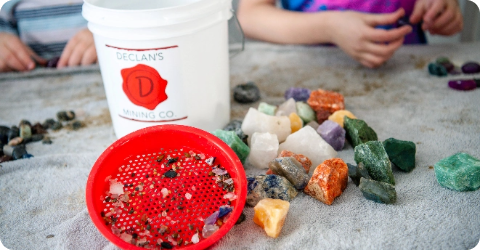


Blue Apatite Mining Crystal
READ MORE
Chrysocolla Mining Crystal
READ MORE
Kambaba Jasper Mining Crystal
READ MORE
Where to Find Rocks
The world of rocks is massive, amazing, and full of cool new things to discover! If you are a rock hound or just someone who loves...
Where to Find Rocks
The world of rocks is massive, amazing, and full of cool new things to discover! If you are a rock hound or just someone who loves...
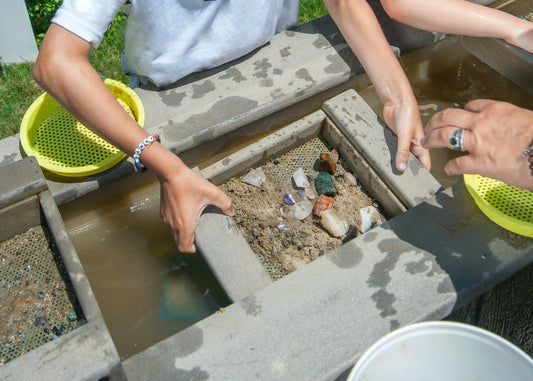
How do we classify rocks?
Any good rockhound is bound to have a rock or two that they're particularly proud of. It might be a stunning specimen of amethyst, a beautiful piece of...
How do we classify rocks?
Any good rockhound is bound to have a rock or two that they're particularly proud of. It might be a stunning specimen of amethyst, a beautiful piece of...
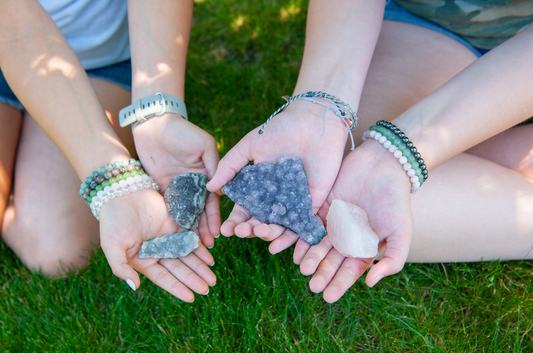
What Are The 5 Characteristics Of A Rock?
In geology, rock (or stone) is any naturally occurring solid material composed of several minerals, elements...
What Are The 5 Characteristics Of A Rock?
In geology, rock (or stone) is any naturally occurring solid material composed of several minerals, elements...
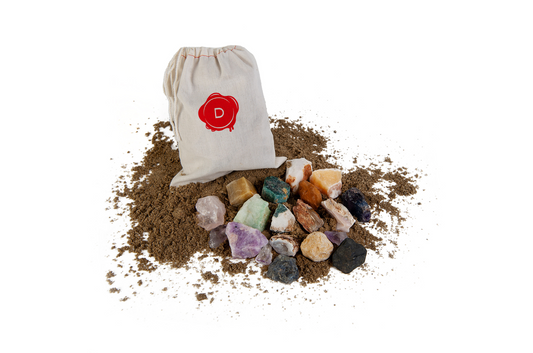
How Are Rocks Formed?
Nature has a way of creating the most beautiful and majestic things. Mountains, canyons, and even the simple pebble at your...
How Are Rocks Formed?
Nature has a way of creating the most beautiful and majestic things. Mountains, canyons, and even the simple pebble at your...
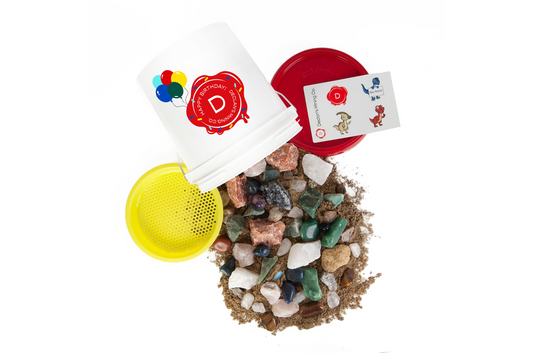
Gemstone Mining Birthday Parties
What could be more fun for a group of kids than treasure hunting and gemstone mining? If you want to introduce your kid to the...
Gemstone Mining Birthday Parties
What could be more fun for a group of kids than treasure hunting and gemstone mining? If you want to introduce your kid to the...
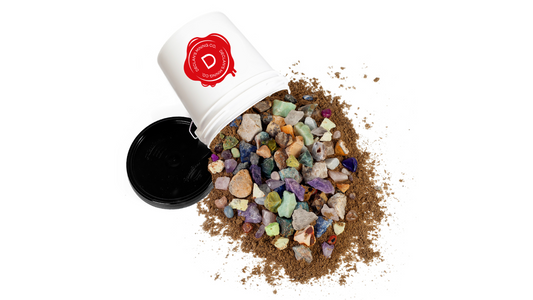
Crystal Mining Buckets for The Classroom
Gems and minerals have been a source of wonder throughout history. From the time that early man first found...
Crystal Mining Buckets for The Classroom
Gems and minerals have been a source of wonder throughout history. From the time that early man first found...
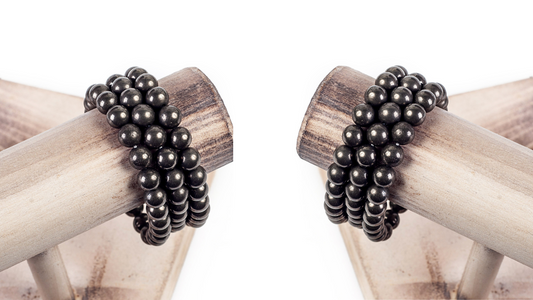
Mineral Guide: Pyrite
You've probably come across the phrase, "all that glitters is not gold." Well, there's no mineral that perfectly...
Mineral Guide: Pyrite
You've probably come across the phrase, "all that glitters is not gold." Well, there's no mineral that perfectly...
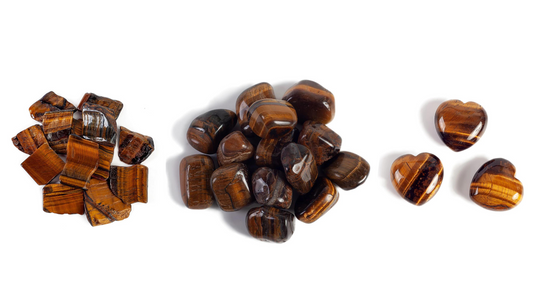
Mineral Guide: Tiger's Eye
Tiger's eye is one of the most popular and special gemstones in the world thanks to its unique chatoyancy feature. The term "chatoyancy" is used to refer to the optical illusion that some stones create when they're polished. At first glance, you'll easily understand the reason why this rare mineral is called Tiger's eye, particularly if you've ever seen a tiger. When light shines on this gemstone, it may look like the bands and colors of a tiger's eye and this is why it's called tiger's eye! What is Tiger's Eye? In the crystal world, the Tiger eye rock is usually a metamorphic rock that comes in various colors ranging from reddish brown and amber to golden with iron stripes. It's categorized among the chatoyant gemstones, which explains the mineral's chatoyancy effect that happens because this stone is made up of long columns or fibers of quartz scattered among crocidolite fibers. Tiger's eye has a silky luster, which forms because of the replacement of crocidolite fibers with silica within the mineral. This then creates the natural arrangement of striations thus bringing forth the gorgeous colors within the stone. In most cases, you'll come across a tiger's eye with yellow, golden, or reddish-brown overtones but if you're lucky enough you might find the very rare versions of green or blue tiger's eye but with the same type of features as the usual tiger's eye. How to Identify the Original Tiger's Eye? When trying to identify Tiger eye rock, one of the main things to look for is the physical properties of this stone. This includes color and luster. As we've just noted, the main colors of this gemstone are reddish-brown, yellow, and gold. In most cases, these colors appear in striations within the stone. This is because Tiger's eye is a unique stone that has an arrangement or linear bands of rock that create these colors. Keep in mind that the colors of this gemstone are in linear bands that are akin to furrows within a rock. The colors may also slightly vary in terms of how intense or dark they are. You should also keep in mind that there are color bands that may indicate that the mineral isn't a real Tiger's eye. For instance, if the stone is bluish in color, this stone could be a hawk's eye. If it's reddish-brown, this stone could be the ox's eye, so you have to look at other features. Apart from its well-known physical appearance, there are certain features that can help you identify an original Tiger's eye. Let's go through them. Observe the Stone for Chatoyancy or Cat's Eye Effect You've probably never come across a tiger in real life. And even if you have, you most likely never got very close to a tiger to observe its eyes. As such, a great alternative would be a cat's eye. Known as chatoyancy, this is the luminous band or optical illusion on the stone that resembles a cat's eye! This is generally caused by the optical reflectance of the gemstone, especially due to the cabochon feature that this stone has. This feature is quite common in the quartz family of minerals and should look like light bouncing off a cat's eye. The best way to check this is by holding the tiger's eye under a bright lamp or shining a bright light on this gemstone. You can then slowly tilt it back and forth and observe how the color bands within the stone appear to be moving. If you do not notice this effect, then it would mean that this is a fake tiger's eye. Examine the Glossy Luster of the Gemstone Just like other popular and rare stones, the tiger's eye is highly-coveted for its glossy luster! The fact that it's a member of the quartz family means that it should have a shiny and glass-like luster, especially when polished. You can examine this by holding the stone under the light. It should reflect the light the way glass would and you should be able to notice a shiny silver tone. Perform the Glass Test Tiger's eye is one of the hardest crystals since it belongs to the quartz family. This also means that it should have a rating of 7 on the Mohs hardness scale. As such, it should be able to scratch glass, which is a softer material with a rating of 5 on the Mohs scale. In other words, Tiger's eye should be able to scratch the glass and not the other way round. Where can it be Found? Tiger's eye is naturally found in the big cat lands of South Africa, especially in Cape Province. It can also be found in India, Australia, Mexico, Namibia, Burma, Thailand, the United States, Brazil, Korea, Spain, and China. In most cases, deposits of Tiger's eye can be found in the rampant wilderness areas where heat and dry air is the order of the day. This is why it's found in Arizona in the United States. Types of Tiger's Eye There are two common types of Tiger's Eye: Golden Tiger's eye - This is gold in color and closely associated with the power of the sun. Red Tiger's eye - This is a darker tiger's eye with elements of fire and is commonly used as a balancing stone, especially in yoga. Uses From ancient times, the tiger's eye has been a highly valued crystal. In ancient Egypt, this stone was used to express divine vision. This is why it was used to represent the eyes when creating deities. The Roman soldiers used it as a protective amulet in battles. In the 19th century, this stone had almost the same value as gold. It was held in very high regard not just for its beauty but also for its healing properties. As such, it was believed that it offered courage and confidence to the wearer; beliefs that are still associated with this unique stone. Today, Tiger's eye is used in making bracelets, wedding rings, necklaces, tumbled stones, and pendants. It can also be used for ornate carvings, costume jewelry, and decorations.
Mineral Guide: Tiger's Eye
Tiger's eye is one of the most popular and special gemstones in the world thanks to its unique chatoyancy feature. The term "chatoyancy" is used to refer to the optical illusion that some stones create when they're polished. At first glance, you'll easily understand the reason why this rare mineral is called Tiger's eye, particularly if you've ever seen a tiger. When light shines on this gemstone, it may look like the bands and colors of a tiger's eye and this is why it's called tiger's eye! What is Tiger's Eye? In the crystal world, the Tiger eye rock is usually a metamorphic rock that comes in various colors ranging from reddish brown and amber to golden with iron stripes. It's categorized among the chatoyant gemstones, which explains the mineral's chatoyancy effect that happens because this stone is made up of long columns or fibers of quartz scattered among crocidolite fibers. Tiger's eye has a silky luster, which forms because of the replacement of crocidolite fibers with silica within the mineral. This then creates the natural arrangement of striations thus bringing forth the gorgeous colors within the stone. In most cases, you'll come across a tiger's eye with yellow, golden, or reddish-brown overtones but if you're lucky enough you might find the very rare versions of green or blue tiger's eye but with the same type of features as the usual tiger's eye. How to Identify the Original Tiger's Eye? When trying to identify Tiger eye rock, one of the main things to look for is the physical properties of this stone. This includes color and luster. As we've just noted, the main colors of this gemstone are reddish-brown, yellow, and gold. In most cases, these colors appear in striations within the stone. This is because Tiger's eye is a unique stone that has an arrangement or linear bands of rock that create these colors. Keep in mind that the colors of this gemstone are in linear bands that are akin to furrows within a rock. The colors may also slightly vary in terms of how intense or dark they are. You should also keep in mind that there are color bands that may indicate that the mineral isn't a real Tiger's eye. For instance, if the stone is bluish in color, this stone could be a hawk's eye. If it's reddish-brown, this stone could be the ox's eye, so you have to look at other features. Apart from its well-known physical appearance, there are certain features that can help you identify an original Tiger's eye. Let's go through them. Observe the Stone for Chatoyancy or Cat's Eye Effect You've probably never come across a tiger in real life. And even if you have, you most likely never got very close to a tiger to observe its eyes. As such, a great alternative would be a cat's eye. Known as chatoyancy, this is the luminous band or optical illusion on the stone that resembles a cat's eye! This is generally caused by the optical reflectance of the gemstone, especially due to the cabochon feature that this stone has. This feature is quite common in the quartz family of minerals and should look like light bouncing off a cat's eye. The best way to check this is by holding the tiger's eye under a bright lamp or shining a bright light on this gemstone. You can then slowly tilt it back and forth and observe how the color bands within the stone appear to be moving. If you do not notice this effect, then it would mean that this is a fake tiger's eye. Examine the Glossy Luster of the Gemstone Just like other popular and rare stones, the tiger's eye is highly-coveted for its glossy luster! The fact that it's a member of the quartz family means that it should have a shiny and glass-like luster, especially when polished. You can examine this by holding the stone under the light. It should reflect the light the way glass would and you should be able to notice a shiny silver tone. Perform the Glass Test Tiger's eye is one of the hardest crystals since it belongs to the quartz family. This also means that it should have a rating of 7 on the Mohs hardness scale. As such, it should be able to scratch glass, which is a softer material with a rating of 5 on the Mohs scale. In other words, Tiger's eye should be able to scratch the glass and not the other way round. Where can it be Found? Tiger's eye is naturally found in the big cat lands of South Africa, especially in Cape Province. It can also be found in India, Australia, Mexico, Namibia, Burma, Thailand, the United States, Brazil, Korea, Spain, and China. In most cases, deposits of Tiger's eye can be found in the rampant wilderness areas where heat and dry air is the order of the day. This is why it's found in Arizona in the United States. Types of Tiger's Eye There are two common types of Tiger's Eye: Golden Tiger's eye - This is gold in color and closely associated with the power of the sun. Red Tiger's eye - This is a darker tiger's eye with elements of fire and is commonly used as a balancing stone, especially in yoga. Uses From ancient times, the tiger's eye has been a highly valued crystal. In ancient Egypt, this stone was used to express divine vision. This is why it was used to represent the eyes when creating deities. The Roman soldiers used it as a protective amulet in battles. In the 19th century, this stone had almost the same value as gold. It was held in very high regard not just for its beauty but also for its healing properties. As such, it was believed that it offered courage and confidence to the wearer; beliefs that are still associated with this unique stone. Today, Tiger's eye is used in making bracelets, wedding rings, necklaces, tumbled stones, and pendants. It can also be used for ornate carvings, costume jewelry, and decorations.
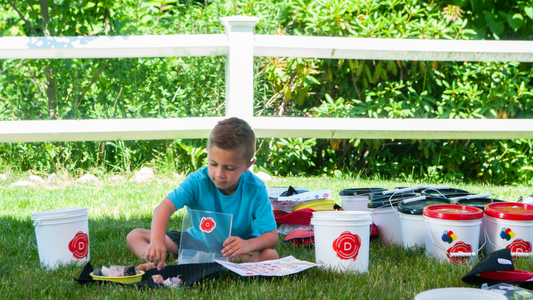
How to pick your bucket?
So many buckets, how do you decide which one to order! Let me give you a super quick rundown. This is...
How to pick your bucket?
So many buckets, how do you decide which one to order! Let me give you a super quick rundown. This is...
OTHER ARTICLES


Caribbean Calcite Mining Crystal
READ MORE
Blue Apatite Mining Crystal
READ MORE
Chrysocolla Mining Crystal
READ MORE
Kambaba Jasper Mining Crystal
READ MORE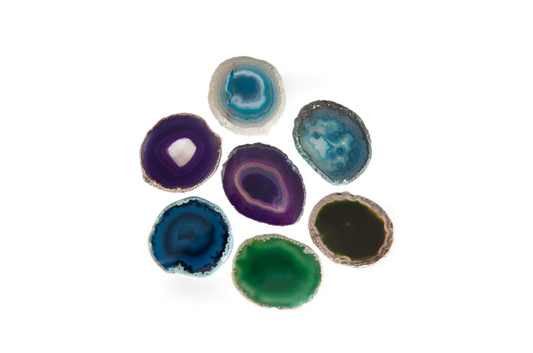
The Physical Properties of Minerals
In geology and mineralogy, a mineral or mineral species is a naturally occurring inorganic substance with unique chemical properties and...
The Physical Properties of Minerals
In geology and mineralogy, a mineral or mineral species is a naturally occurring inorganic substance with unique chemical properties and...

Where to Find Rocks
The world of rocks is massive, amazing, and full of cool new things to discover! If you are a rock hound or just someone who loves...
Where to Find Rocks
The world of rocks is massive, amazing, and full of cool new things to discover! If you are a rock hound or just someone who loves...

How do we classify rocks?
Any good rockhound is bound to have a rock or two that they're particularly proud of. It might be a stunning specimen of amethyst, a beautiful piece of...
How do we classify rocks?
Any good rockhound is bound to have a rock or two that they're particularly proud of. It might be a stunning specimen of amethyst, a beautiful piece of...

What Are The 5 Characteristics Of A Rock?
In geology, rock (or stone) is any naturally occurring solid material composed of several minerals, elements...
What Are The 5 Characteristics Of A Rock?
In geology, rock (or stone) is any naturally occurring solid material composed of several minerals, elements...

How Are Rocks Formed?
Nature has a way of creating the most beautiful and majestic things. Mountains, canyons, and even the simple pebble at your...
How Are Rocks Formed?
Nature has a way of creating the most beautiful and majestic things. Mountains, canyons, and even the simple pebble at your...

Gemstone Mining Birthday Parties
What could be more fun for a group of kids than treasure hunting and gemstone mining? If you want to introduce your kid to the...
Gemstone Mining Birthday Parties
What could be more fun for a group of kids than treasure hunting and gemstone mining? If you want to introduce your kid to the...

Crystal Mining Buckets for The Classroom
Gems and minerals have been a source of wonder throughout history. From the time that early man first found...
Crystal Mining Buckets for The Classroom
Gems and minerals have been a source of wonder throughout history. From the time that early man first found...

Mineral Guide: Pyrite
You've probably come across the phrase, "all that glitters is not gold." Well, there's no mineral that perfectly...
Mineral Guide: Pyrite
You've probably come across the phrase, "all that glitters is not gold." Well, there's no mineral that perfectly...

Sign Up Now To Our Newsletter
Sign up now and enjoy a 10% discount on your first purchase. Start your mining adventure today!
